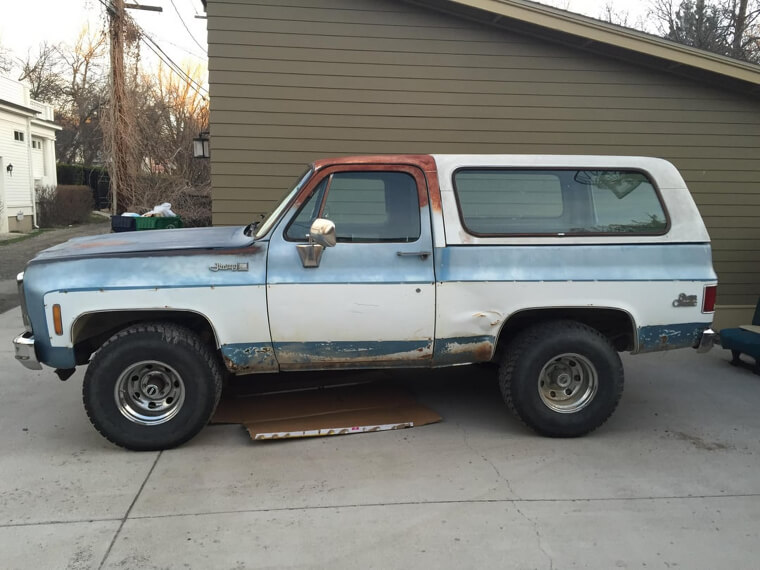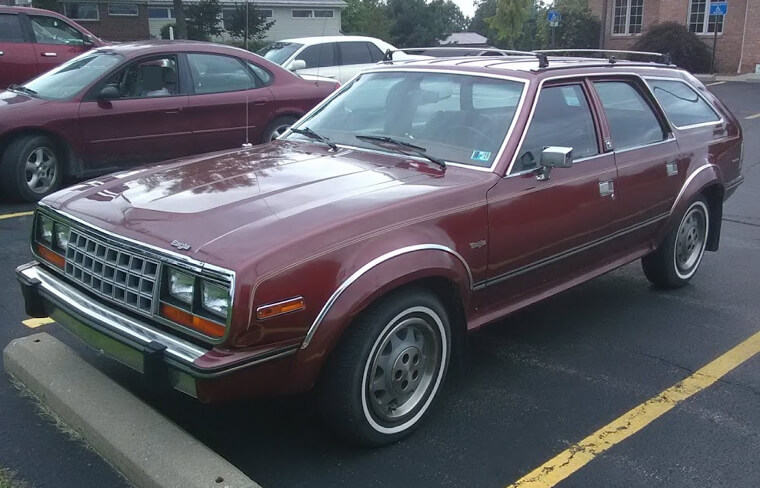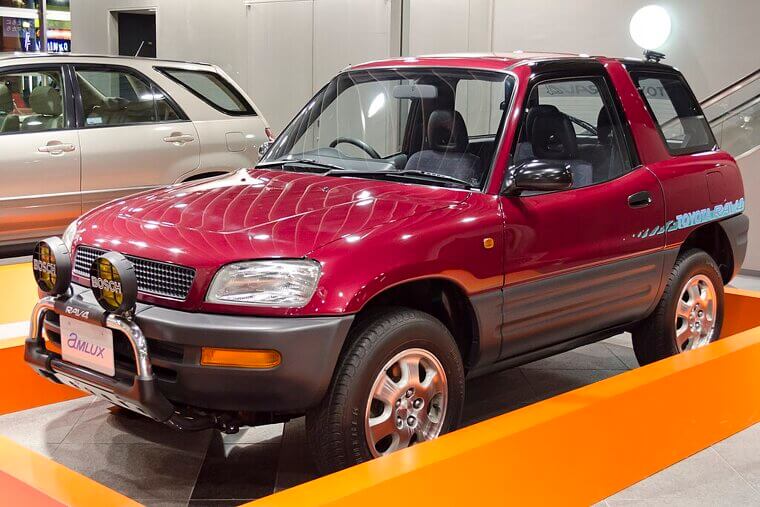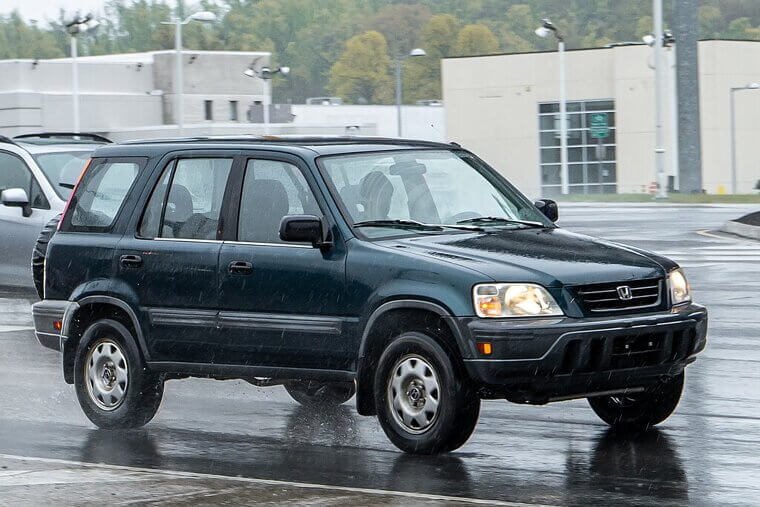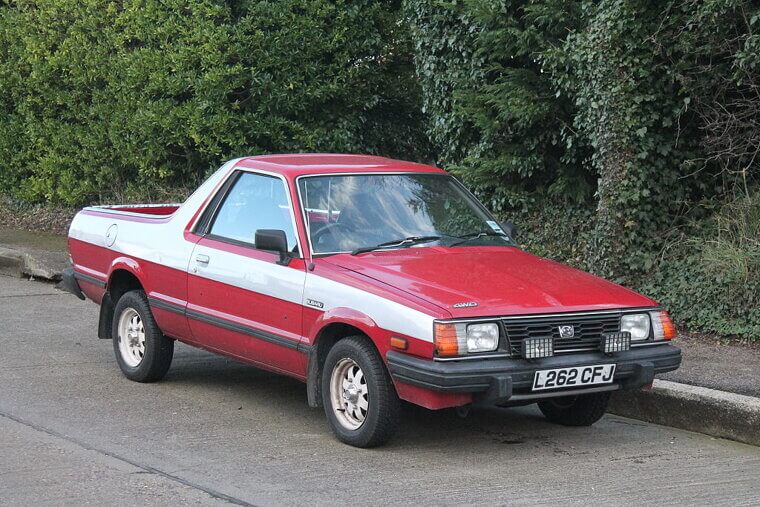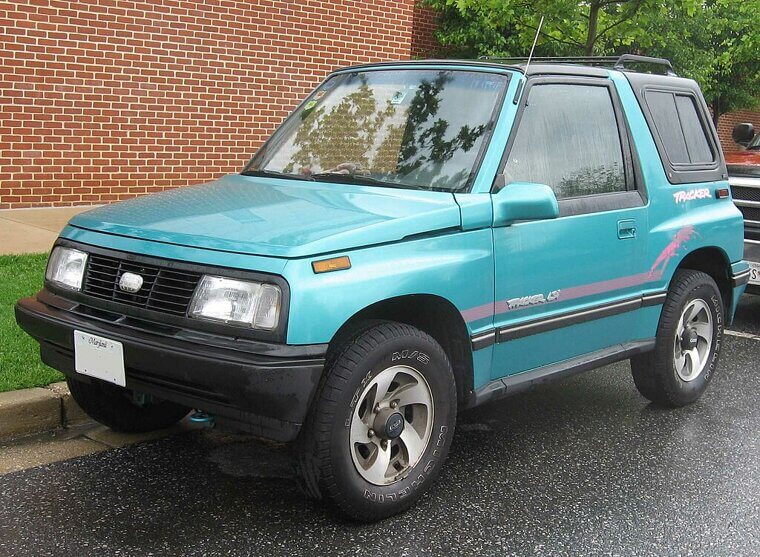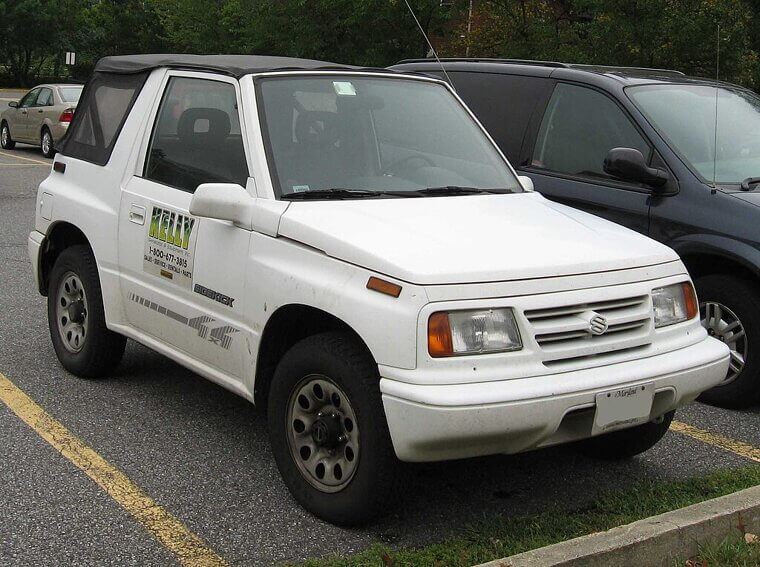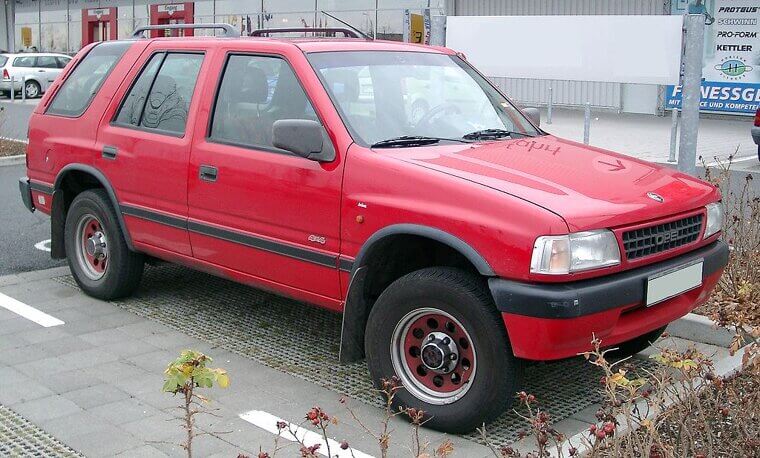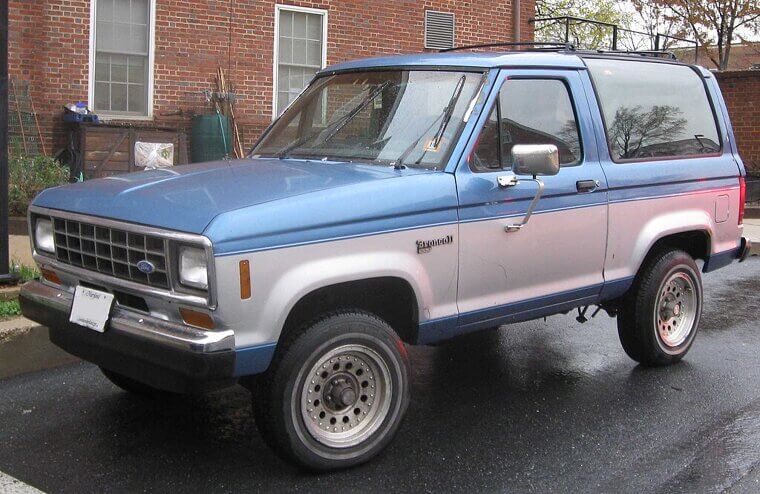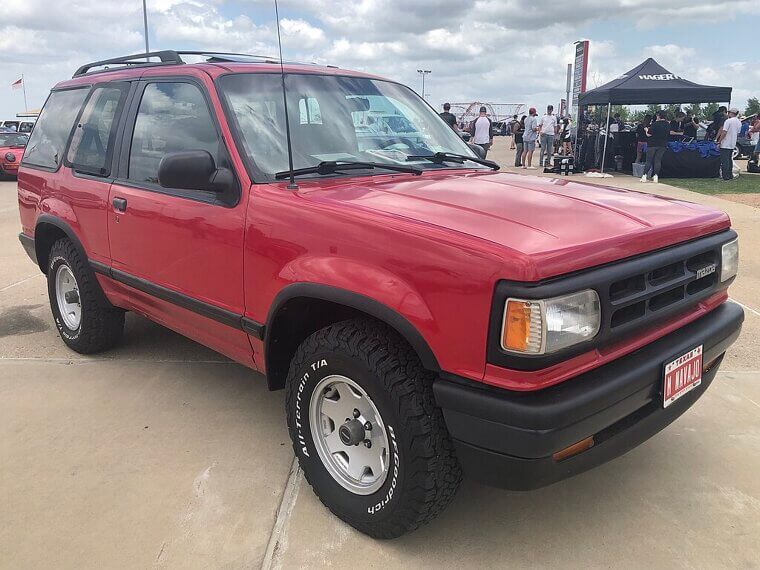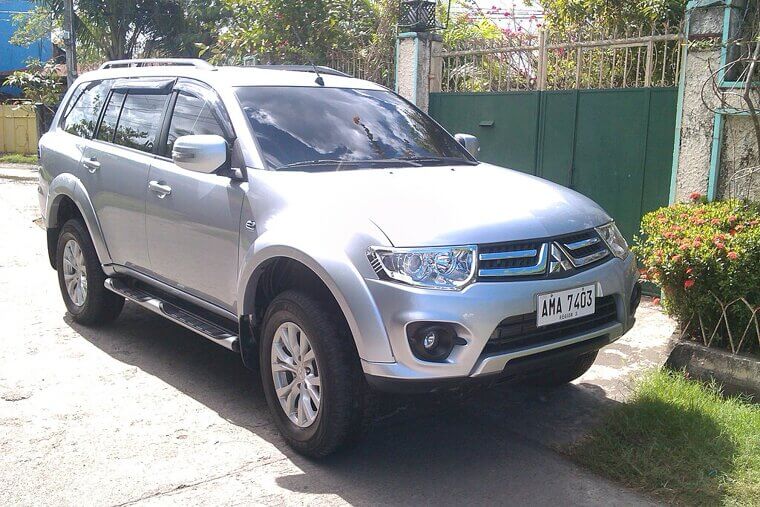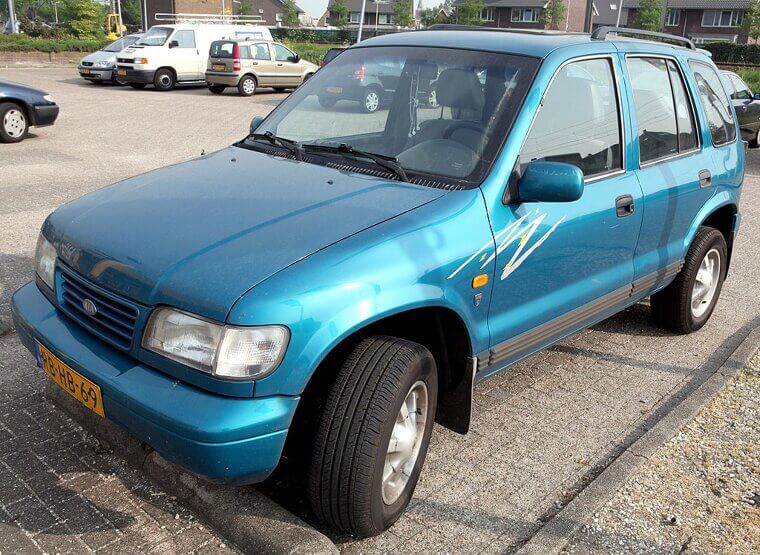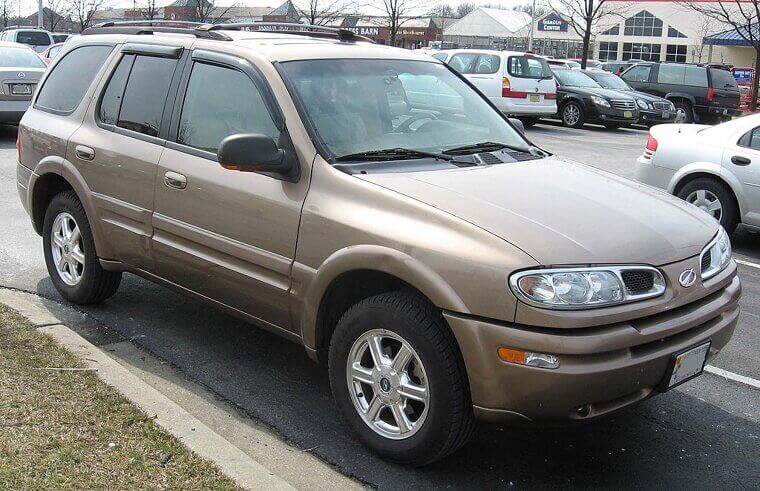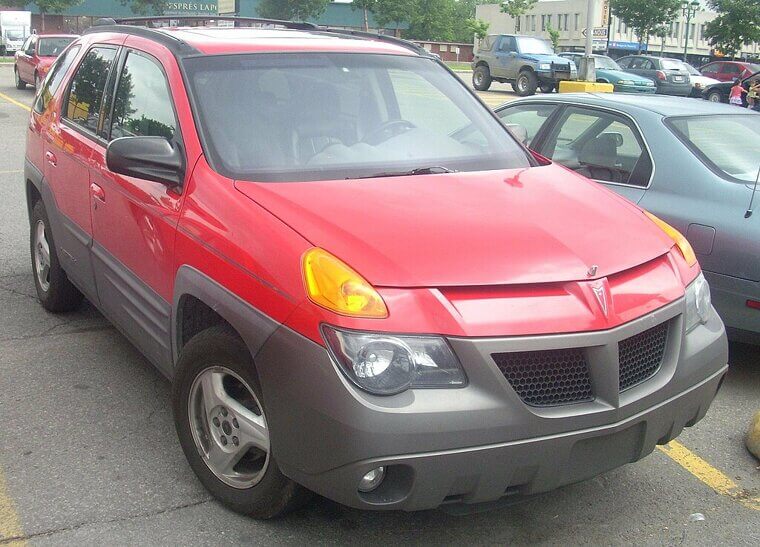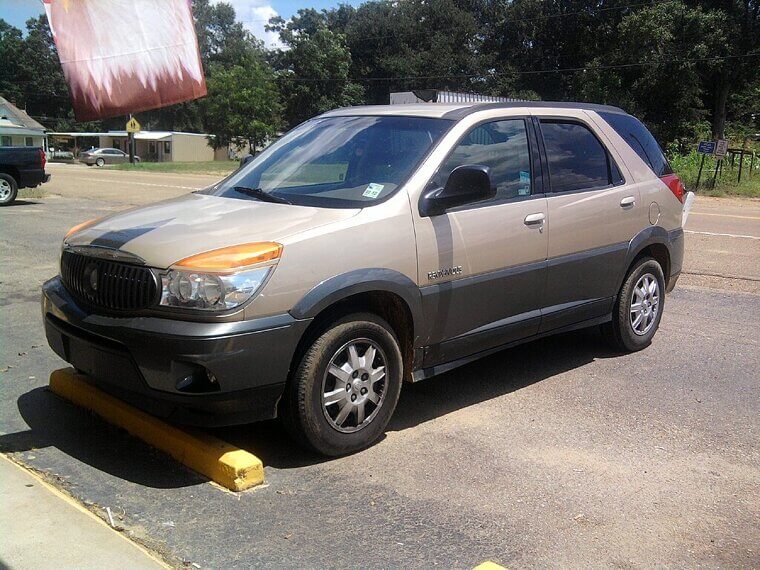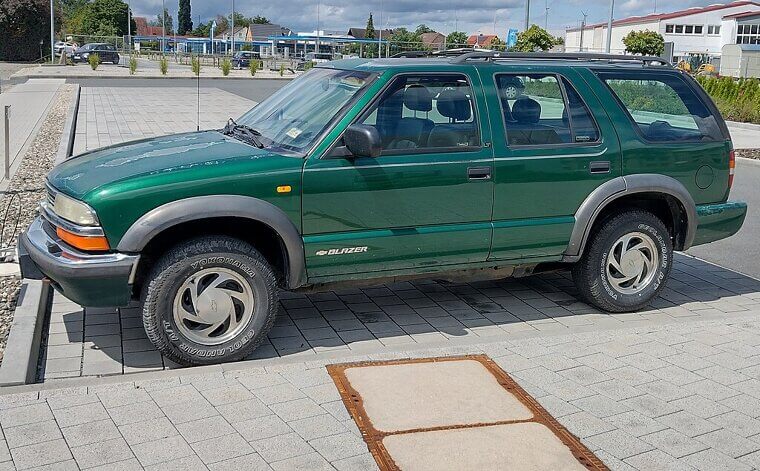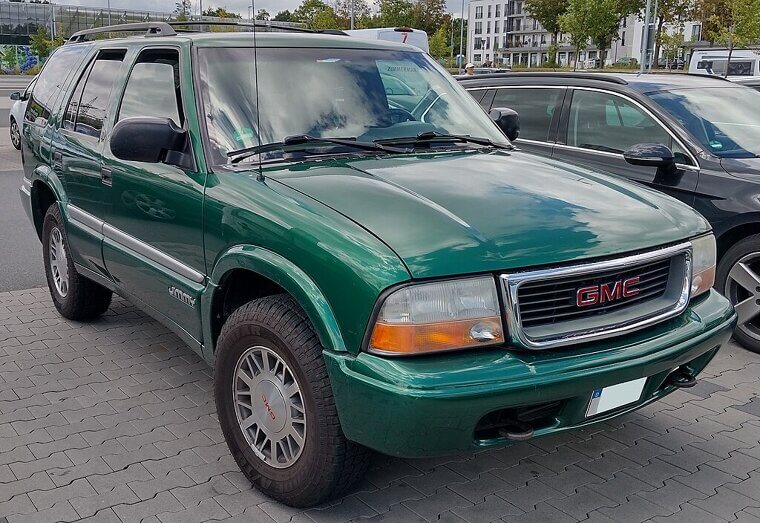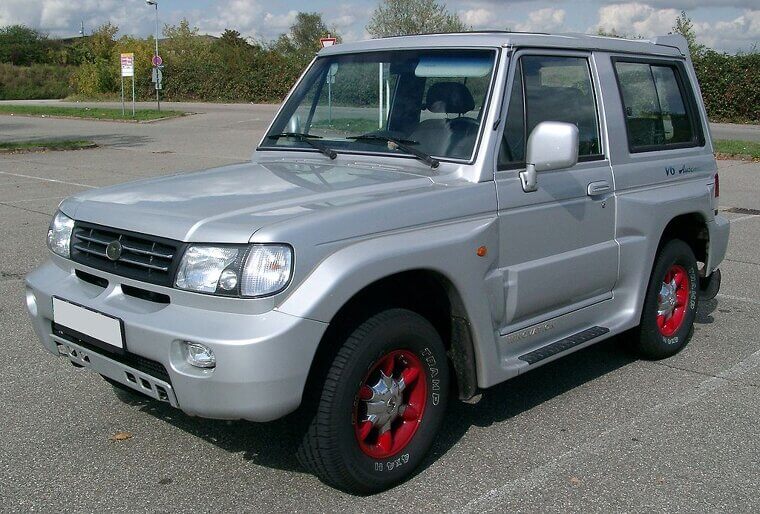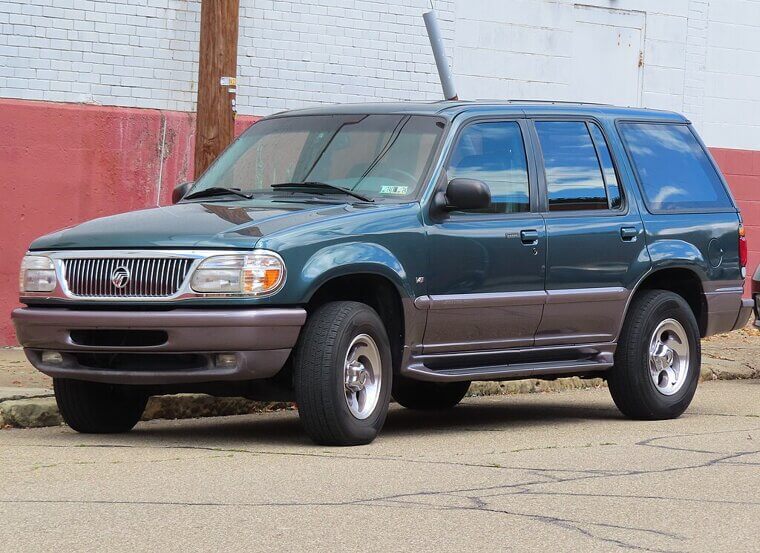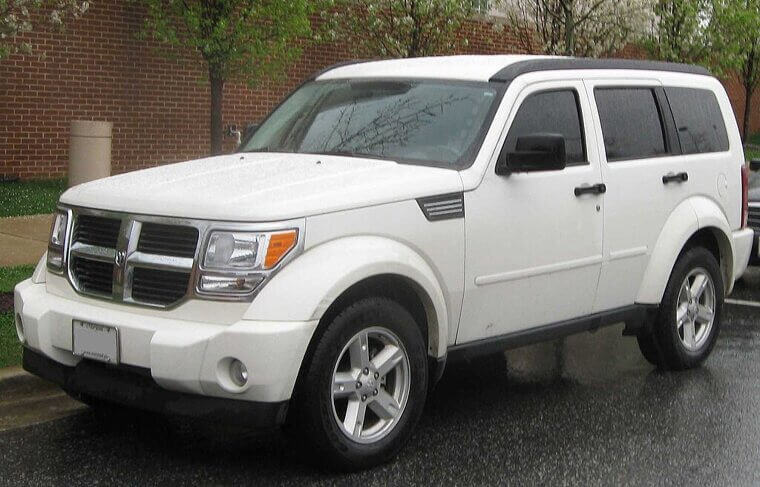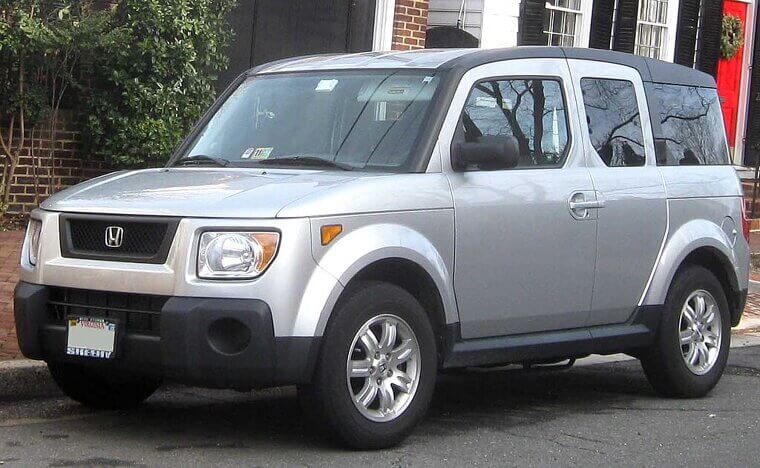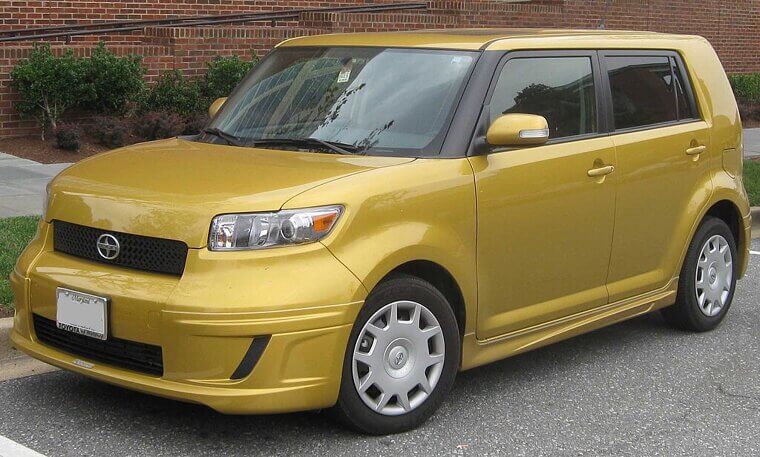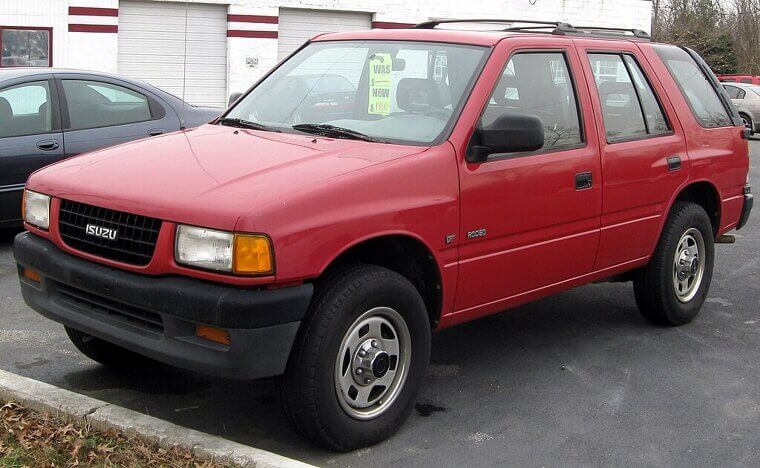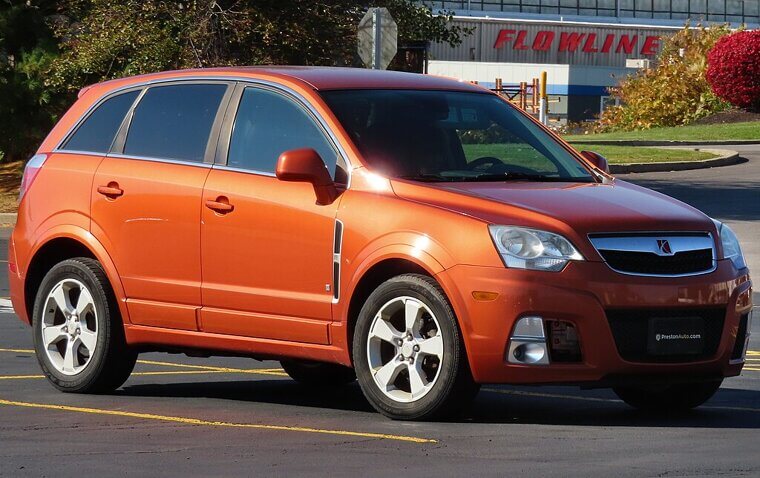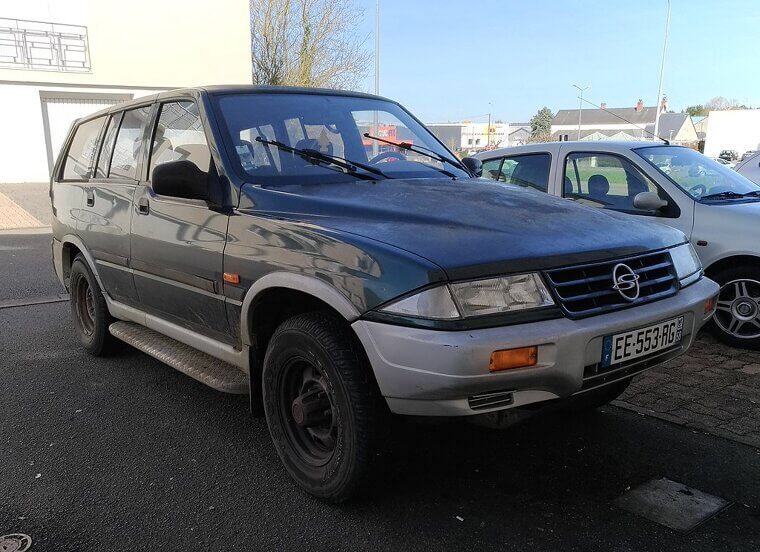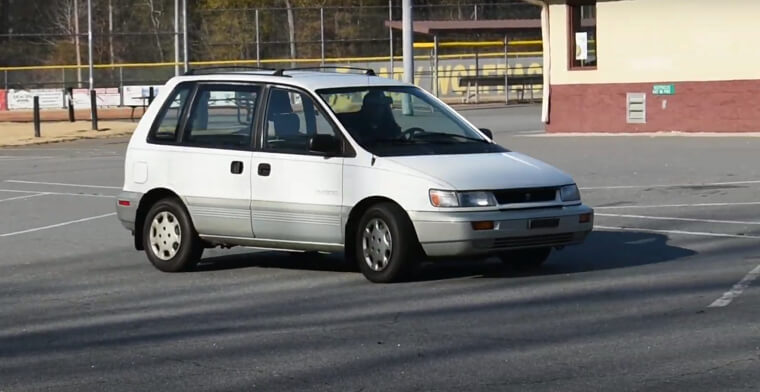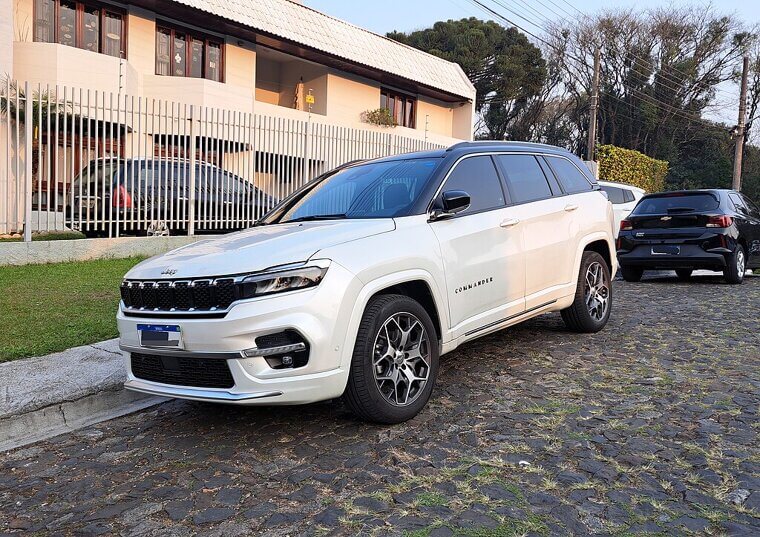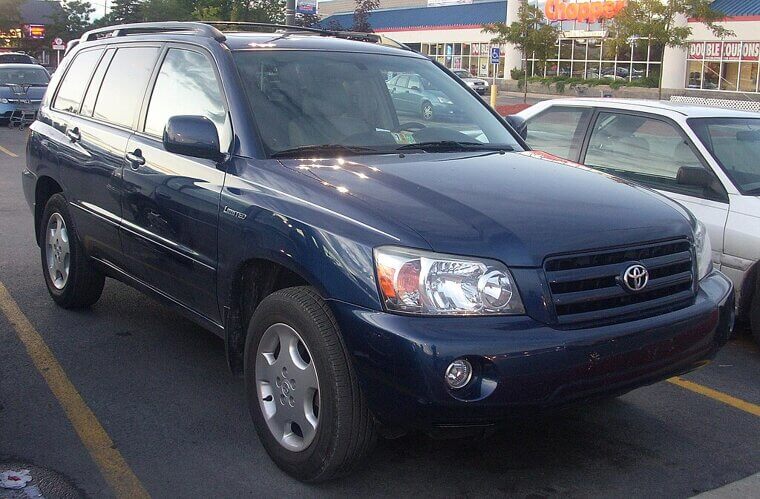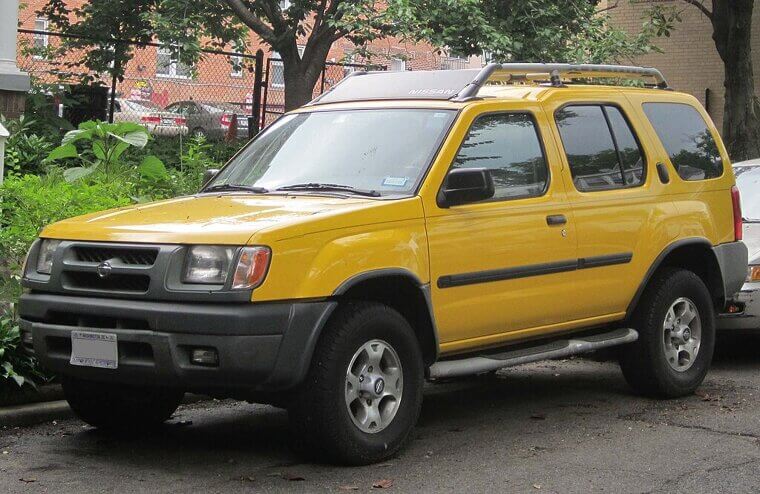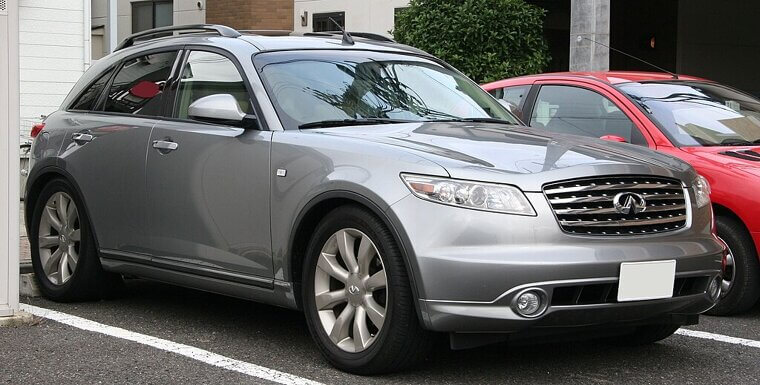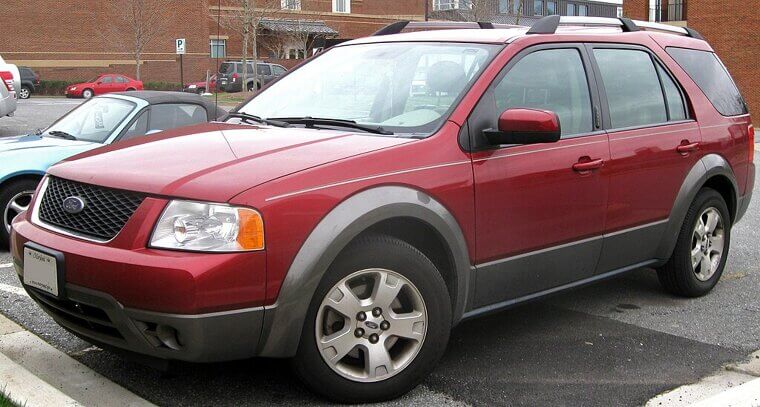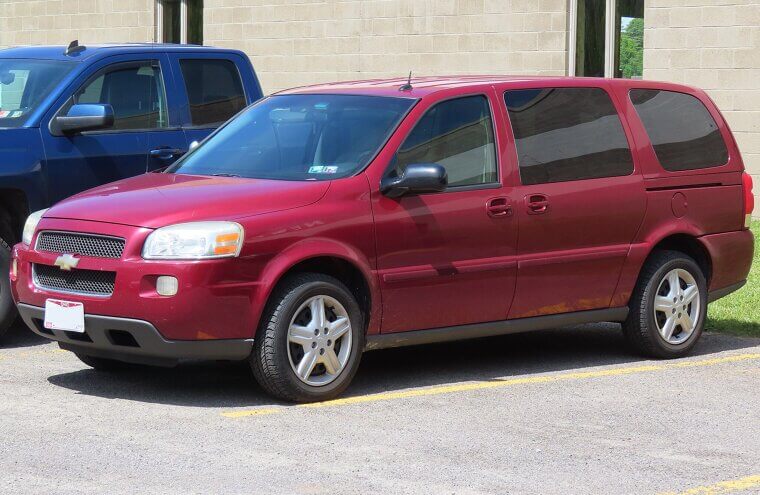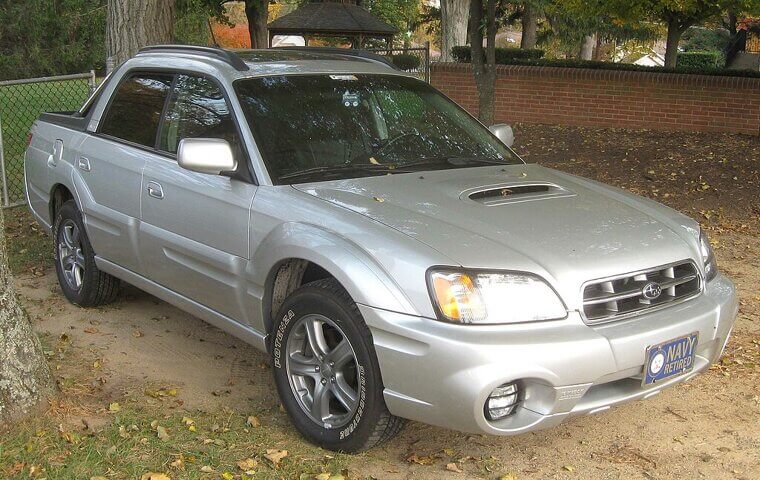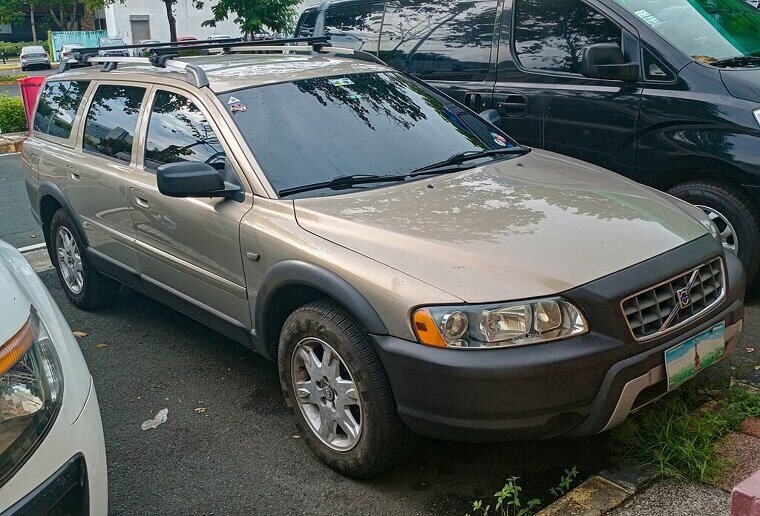It’s easy to look at modern vehicles and forget their roots, but the SUVs of the past played an important role in shaping the crossovers we have today. Here’s some of the overlooked or forgotten pivotal rides lounging in the mists of time.
AMC Eagle Wagon (1979–1987)
Nobody knew what to make of the Eagle, an all-wheel drive wagon that looked like a sedan in a time when SUVs were built big and boxy. People didn’t know it was pioneering the crossover genre - it had the comfort and performance of a car with serious AWD.
Toyota RAV4 (1st Gen) (1994–2000)
Standing for "Recreational Active Vehicle with 4-wheel drive," the RAV4 was equally misunderstood in its time as an oddball that didn’t fit into any category. Offroaders were burly vehicles, and while this was tough, it was also cute. It left many scratching their heads, but became the template for modern crossovers.
Honda CR-V (1st Gen) (1995–2001)
Weirdly, the CR-V was overlooked in favor of another forgotten SUV, the RAV4. It was considered quirky rather than revolutionary, but Honda used the CR-V to refine the crossover formula. It combined fuel efficiency and family practicality for urban living - early models even came with fold-out picnic tables under the cargo floor!
Subaru Brat (1978–1994)
A kind of proto-crossover pickup truck, the Brat eschewed a boring boxy design and threw in a truck bed… complete with seats! It was weird and wonderful, but sat in a limbo marketing space - too truck-like for car drivers and too small for truck lovers.
Geo Tracker (1989–1998)
Badged under GM’s experimental brand Geo, the Tracker didn’t have the marketing clout to be taken seriously, especially with its convertible options. It was fun, lightweight and affordable, plus it had serious AWD chops; this little thing could climb a mountain, and predicted the trend for smaller SUVs.
Suzuki Sidekick (1988–1998)
A lack of U.S. marketing clout doomed the Sidekick and it vanished under the Geo Tracker’s shadow. It’s a shame; this vehicle was rocking a unibody construction and decent performance that blended daily driving accessibility with a trail machine.
Isuzu Amigo (1989–2004)
Between Isuzu lacking a U.S. dealership network and the Amigo’s many identities (it was also called the Rodeo Sport) it couldn’t compete with Jeep or Toyota. It reminded buyers that SUVs didn’t have to be serious and macho, though; they could be funky and fun, just like the Amigo.
Ford Bronco II (1984–1990)
As a small-sized SUV capable of both on and off-road driving, the Bronco II did leave a legacy behind. It also left a lot of other unwanted things by living up to its bucking namesake; the Bronco II had an unflattering reputation for rollovers, leading to lawsuits and PR disasters.
Mazda Navajo (1991–1994)
Although the Navajo was the first Mazda SUV ever sold in the U.S. it was basically a rebadged Ford Explorer, so everyone went with the later, more trusted brand. However, it did contribute to normalizing the concept of badge engineering and platform sharing endemic to today's crossover market.
Dodge Raider (1987–1990)
Another rebadge - this time from a Mitsubishi Montero - the Raider never really hit the mainstream, yet it wasn’t without good points. It embodied the spirit of crossovers well, with off-road capabilities and city driving accessibility, hinting at the two features co-existing harmoniously in future vehicles.
Mitsubishi Montero Sport (1996–2008)
The full-sized Mitsubisi Montero had rally wins under its belt, so the Sport just couldn’t outpace its sibling’s reputation. Nevertheless, it offered buyers a glimpse of how you could create a sportier SUV without compromising on utility, which we see today in modern crossovers.
Kia Sportage (1st Gen) (1993–2004)
When the first gen Sportage made its appearance, Kia wasn’t established and many problems plagued it, yet this was one of the first SUVS to be built entirely on a car platform. It also offered a unibody and independent suspension, so it left some decent ideas germinating.
Oldsmobile Bravada (1991–2004)
The fading Oldsmobile brand gussied-up a Chevy Blazer, and everyone saw through the disguise… but that didn’t make it bad. The Bravada had standard AWD, sleek looks and plush features that predicted the luxury crossover before it was cool.
Pontiac Aztek (2001–2005)
Let’s not mince words here: the Aztek was so ugly it was meme-worthy, and sent buyers running away in horror. It was still one of the progenitors of the lifestyle-oriented crossover genre though; it came with a built-in tent pole and other camping features that predated the Subaru Outback’s market.
Buick Rendezvous (2002–2007)
While the Rendezvous launched just as GM’s quality control plummeted and looked like a minivan trying to blend into an SUV club, you could argue it was an ancestor to modern family haulers. It was also an early attempt at the three-row crossover genre.
Chevrolet S-10 Blazer (1983–2005)
The S-10 Blazer couldn’t live up to its full-sized Blazer brother’s rep, so it was seen as a “starter SUV,” and a budget one, at that! On the other hand, it was smaller than many of its competitors and helped to legitimize garage-friendly SUVs.
GMC Jimmy (S-15) (1983–2001)
Why GMC decided to rebadge an S-10 Blazer - which wasn’t a huge success in the first place - is anyone’s guess, but they did so with the Jimmy. It added refinements, such as fancier interiors, push-button AWD and other features to combine working truck and daily driver appeal.
Hyundai Galloper (1991–2003)
While it wasn’t officially sold in the U.S. the Galloper did well in Asia, Europe and the Middle East. It was Hyundai’s flagship SUV (a practice run before the Sante Fe) and paved the way for a smaller, more affordable 4WD that still provided comfort.
Suzuki XL-7 (1998–2009)
The XL-7 suffered from poor Suzuki dealership support and lack of brand recognition, but before it sunk into the mists of time it was the first compact SUV with three rows of seating - before it was cool! It was great for bigger families who weren’t interested in vans.
Mercury Mountaineer (1997–2010)
The fading Mercury brand released the Mountaineer as one of its last gasps, and it was essentially an improved Ford Explorer. Mercury pushed the vehicle into a near-luxury spot, so it was an ancestor to the mid-lux crossovers roaming modern roads.
Dodge Nitro (2007–2012)
All macho on the outside yet underpowered and cheap on the inside, critics were brutally honest about the Nitro and how it put style over substance. That was its weakness and trump card; IT foreshadowed the design-driven crossover trends of today! It also pioneered the sliding “Load ‘N Go” cargo floor.
Honda Element (2003–2011)
The element dared to dream differently, resulting in an oddball vehicle with a modular interior, hosable floors and tons of extra cargo space by flipping or folding unused seats. It was super original, and also largely disliked because it was a plastic cube on wheels.
Scion XB (1st Gen) (2003–2006)
JDM fanatics loved the first gen xB, though everyone else cried tears of confusion and disappointment because it looked like a toaster. It had some things going for it: a small footprint and tons of personality, similar to today’s Hyundai Venue and Kia Soul.
Isuzu Rodeo (1991–2004)
Despite being rugged and competent, the Rodeo was almost invisible to buyers who opted for stronger marketed brands. It was one of the forerunners in mid-sized, family-aimed SUVs that normalized daily driving for the platform instead of limiting them to weekend roughroad adventures.
Saturn Vue (2002–2010)
A lack of clear identity aided the Vue to fade into obscurity, but before that it introduced hybrid tech to the compact SUV genre and tested drivetrain development that would later be used in vehicles such as the GMC Terrain and Chevy Equinox.
Daewoo Musso (1993–2005)
The Musso was a Korean SUV built on Mercedes-Benz bones but it had several different names and no one paid any attention to it! It combined luxury and utility before it was the standard for SUVs and its unique styling was a glimpse into how they could become status symbols.
Eagle Summit Wagon AWD (1992–1996)
No one knew how to categorize the Summit Wagon AWD and Eagle was a lesser-known brand, so the result was unfavorable. It combined compact people-moving utility with AWD in a package that was similar to a proto-Honda HR-V. It really was ahead of its time.
Jeep Commander (2006–2010)
With three rows of seats and a lot of width, the Commander put too much emphasis on its Jeep aesthetic and not enough on practicality. It opened designers’ eyes to the fact that more people wanted three-row Jeeps, even if this particular model was a misfire.
Toyota Highlander (1st Gen) (2000–2007)
Although it had decent sales figures, the first gen Highlander never really hit the heights of popular SUVs - maybe because it sacrificed off-road ruggedness for comfort and fuel economy. It helped define the modern crossover template: an SUV stance, minivan practicality and Camry ride feel.
Nissan Xterra (1st Gen) (2000–2004
The first gen Xterra was a rugged beast with a dedicated fanbase, but it was hardly popular and Nissan didn’t refine it quick enough to gain traction. It had some clever design touches (its roof rack and first aid kit were invaluable additions) and off-road cred, proving softness and accessibility weren’t always partners.
Infiniti FX45 / FX35 (2003–2008)
Offering buyers a luxury performance crossover before they knew they wanted it didn’t prove a successful choice, but the FX series was ahead of its time - if not appreciated for it. It spearheaded the luxury sport craze by combining design, power and road feel into one of the first sports SUVs.
Ford Freestyle (2005–2007)
The Freestyle was practical and efficient but it was as boring as a beige suit, so it just faded into the background. People didn’t realize at the time it was Ford’s first three-row seating car-based crossover, with CVT and AWD while most crossovers were still finding traction.
Chevrolet Uplander AWD (2005–2008)
The Uplander AWD was basically a SUV-shaped minivan and while it struggled to find its identity, it was a future echo to a time when multi-purpose crossovers were capable of family practicality and off-road ruggedness.
Subaru Baja (2002–2006)
A combination of truck and car based on the Legacy Outback, the Baja was too quirky for most drivers. They missed out - it was an adventure-oriented lifestyle-focused crossover with the comfort of a car, a small bed and AWD.
Volvo XC70 (Cross Country) (1997–2016)
The XC70 looked like a minivan trying to sneak into an SUV party, so it was dismissed from the crossover club. It was a leader in the “Cross Country” marketing tag that’s common now, and combined soft-road ability with practicality before people used the term “Crossover.”

